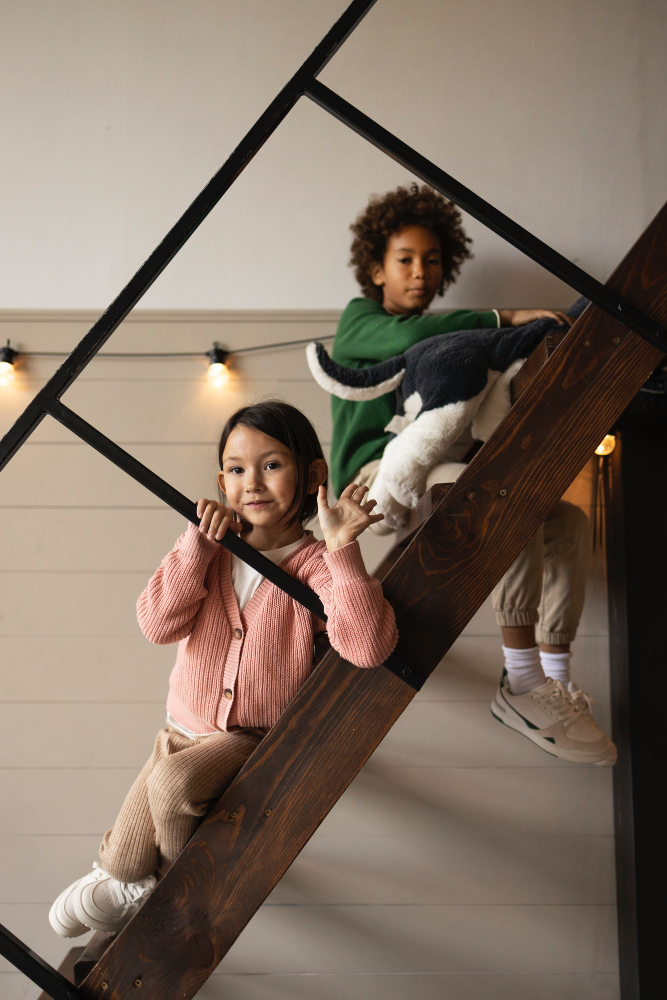This entry draws from Kim Block’s Part 2(A): Duty to Accommodate – Discrimination Test, a careful and generous guide to how the BC Human Rights Tribunal evaluates claims of discrimination in education. Among its most essential reminders is this: when peer conflict causes harm to a disabled student, the school’s responsibility does not end with empathy or observation. Legal obligations arise the moment staff become aware of disability-related impact—even when that impact comes from another student.
Key takeaways
- Bullying can constitute disability-related harm
When a disabled child is persistently overwhelmed, targeted, isolated, or emotionally distressed in connection with their diagnosis or support needs, that harm may constitute an adverse impact under the Human Rights Code. It qualifies as discrimination if the child is treated differently—or if their right to participate is impaired—because of their disability. - Schools must inquire rather than minimize
Staff awareness of a student’s distress, withdrawal, or functional difficulty engages the legal duty to inquire. Labelling these events as “peer dynamics” or interpersonal challenges does not override the obligation to assess whether accommodations are needed or whether barriers can be reduced. The institution—not the child or parent—holds the primary duty to investigate. - Competing needs do not erase legal entitlements
It is entirely reasonable for classrooms to include students with diverse and sometimes conflicting needs. But one student’s access must never be denied in order to accommodate another’s expression of distress. If a child is unable to participate meaningfully because of recurring exposure to harm—even when that harm comes from a peer—the school must act to support both students, not simply ask for more patience from the one who is struggling quietly.
Learn more
Part 2(A): Duty to Accommodate – Discrimination Test
by Kim Block, Speaking Up BC











